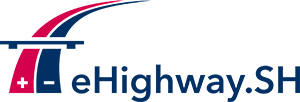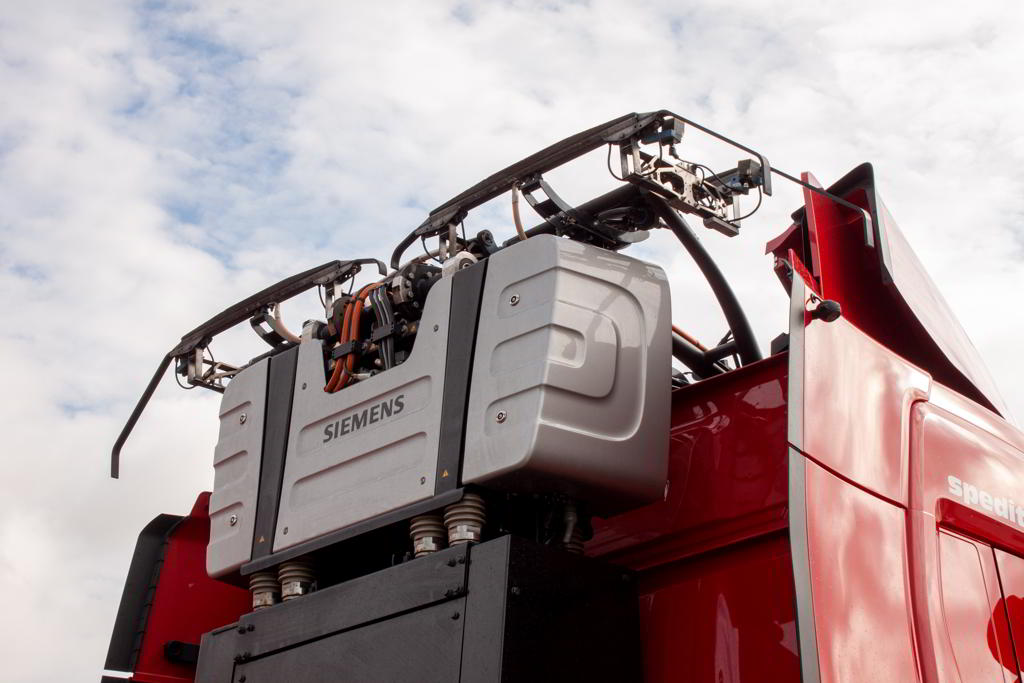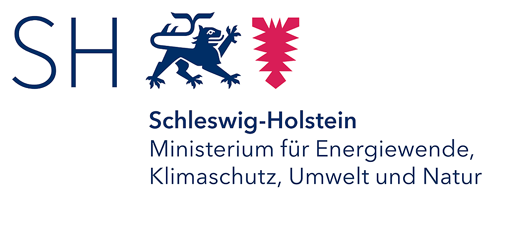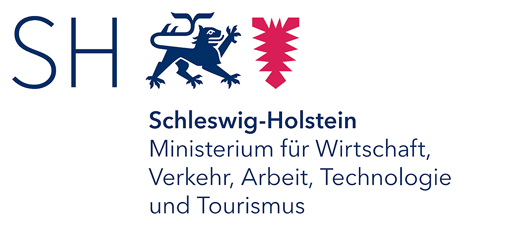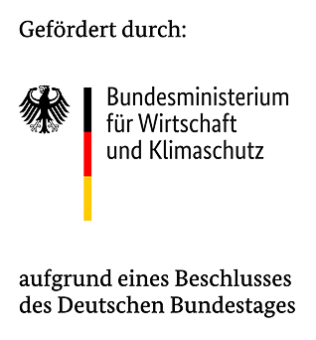Overhead catenary line truck
The overhead line system can be used by trucks that are equipped with a compatible pantograph and have the appropriate drive technology. As part of the field test, such vehicles (O trucks) are provided by the Federal Ministry of Economics and Climate Protection (BMWK).
Pantograph
The pantograph is the vehicle’s interface to the overhead contact line system, via which the energy for propulsion and battery charging is provided. It is located above the roof of the driver’s cab and can be extended or lowered at the push of a button, thus connecting to the overhead contact line while the train is in motion (referred to as “ironing on” or “ironing off”). The direct electrical contact to the two contact wires (positive and negative pole) is realized via two rockers with two carbon contact strips each.
Drivetrain Technology
As part of the field test, a hybrid concept with an additional combustion engine to provide electrical energy for propulsion outside of electrified routes will initially be pursued. This allows the shuttle traffic of the forwarding company to be guaranteed regardless of the system availability. SuperCaps (capacitors) bridge short-term interruptions in the power supply.
The form in which other energy storage and propulsion concepts (batteries, LNG, biogas, hydrogen, etc.) are used to bridge non-electrified sections of the route is still being investigated.
In addition to the absorption of electrical energy via the overhead line, the recuperation of braking energy is also being considered as part of the field test. This is either used to charge on-board batteries or fed back into the overhead line network.
